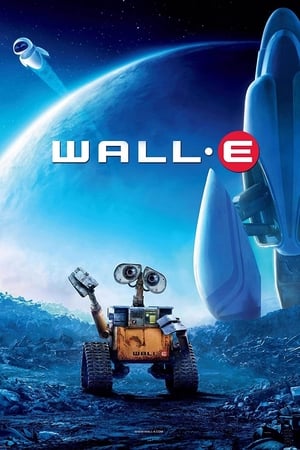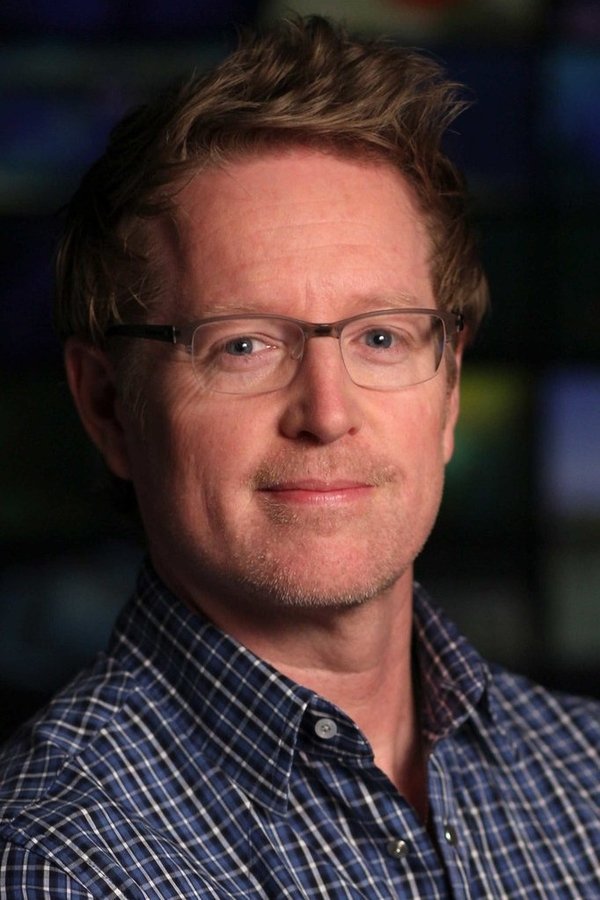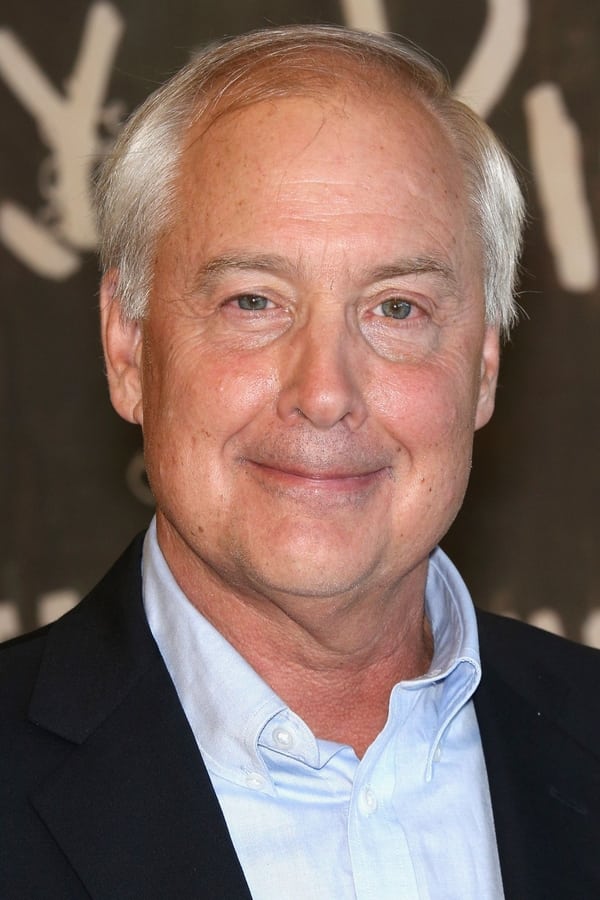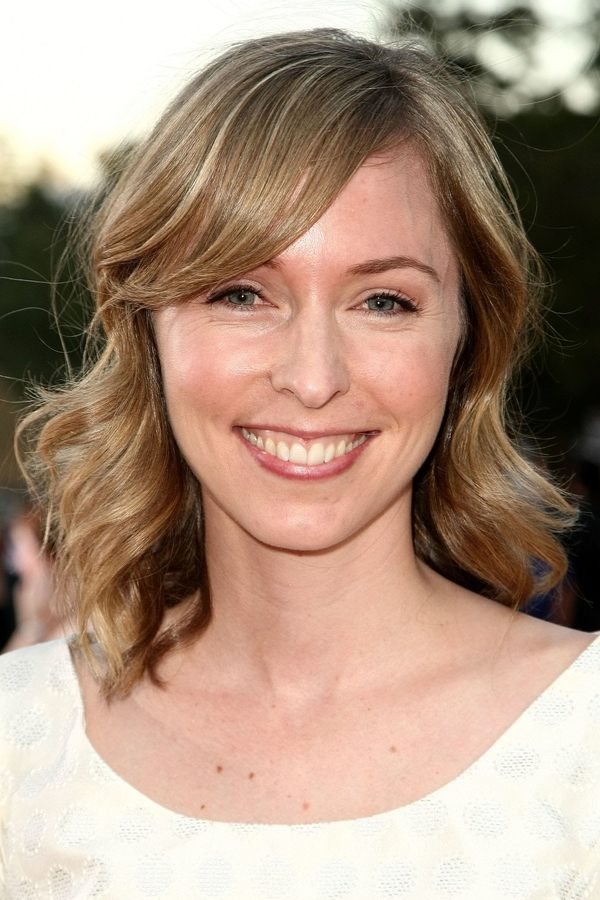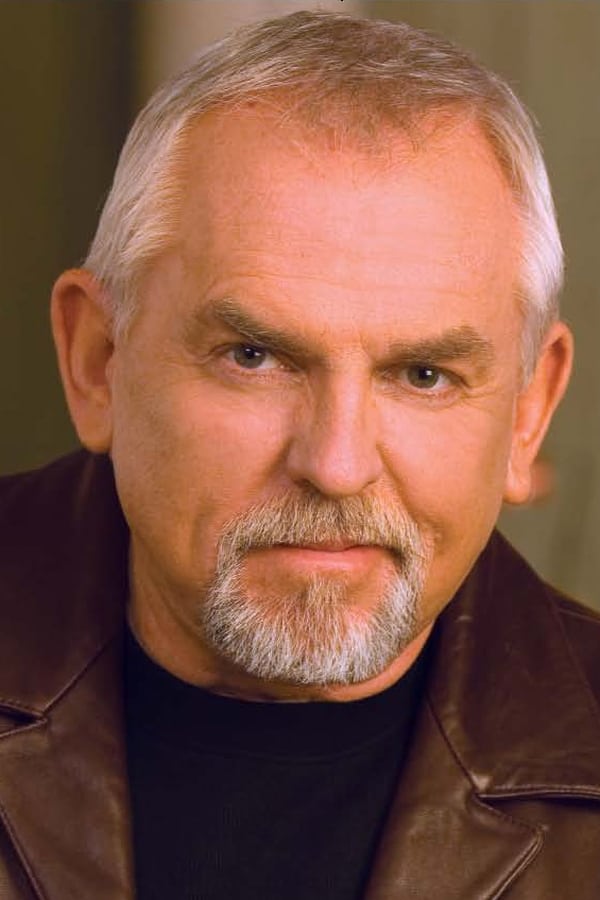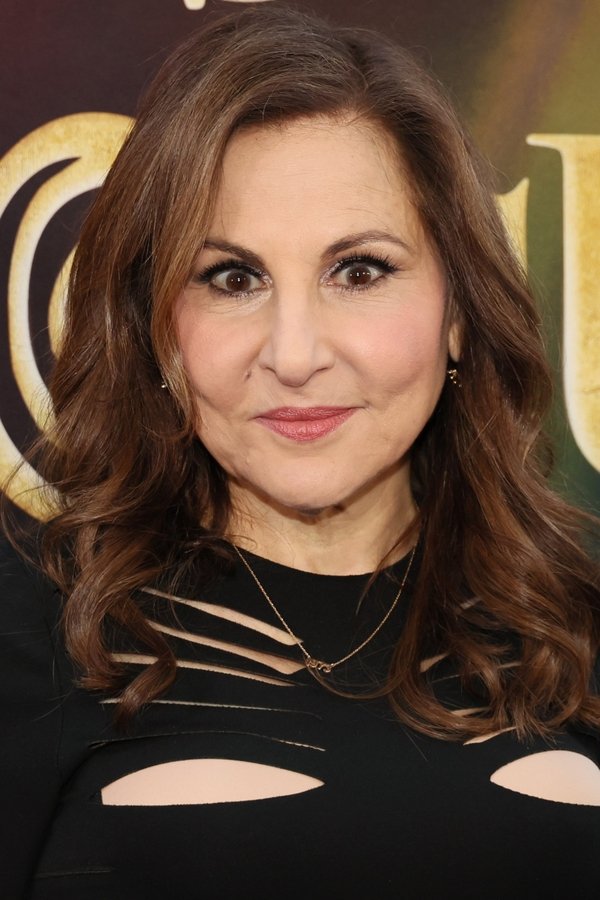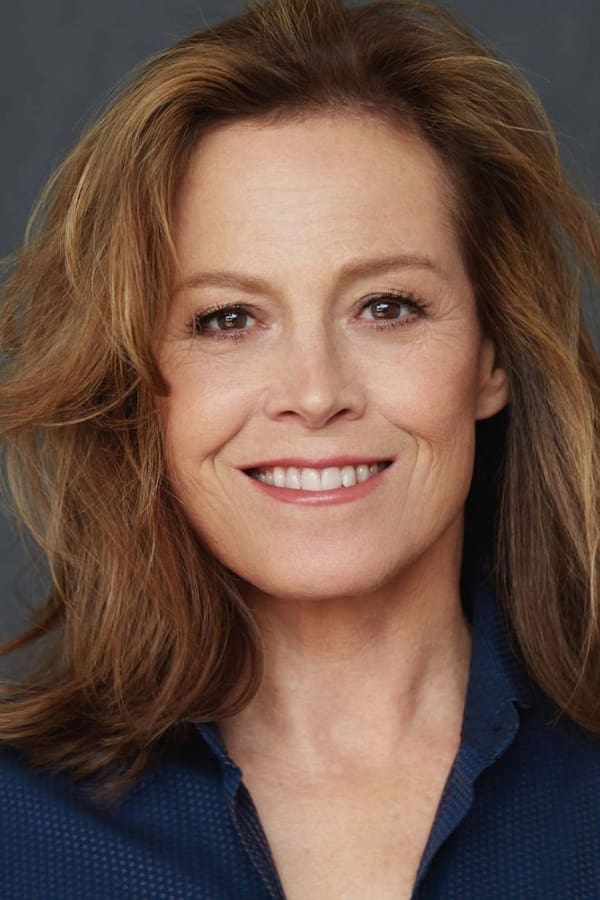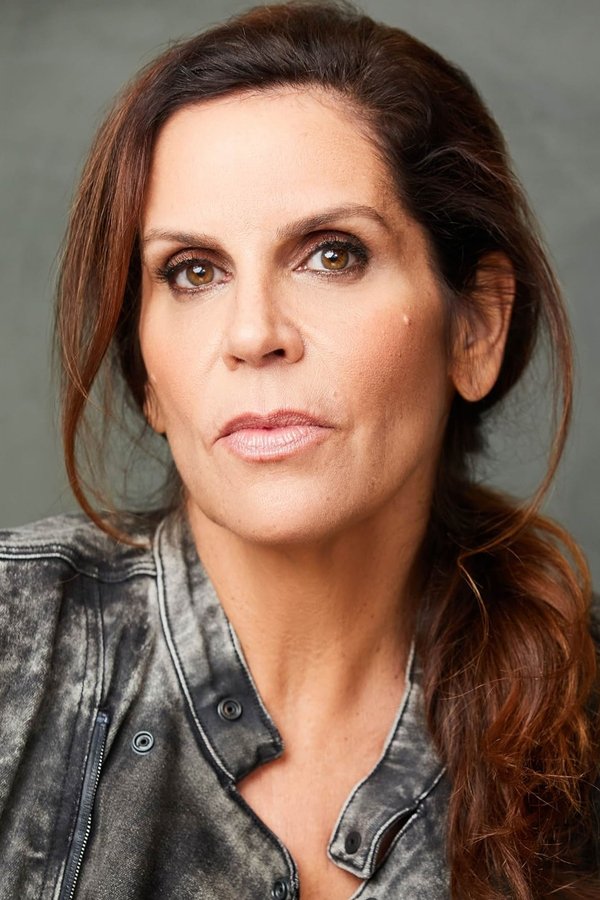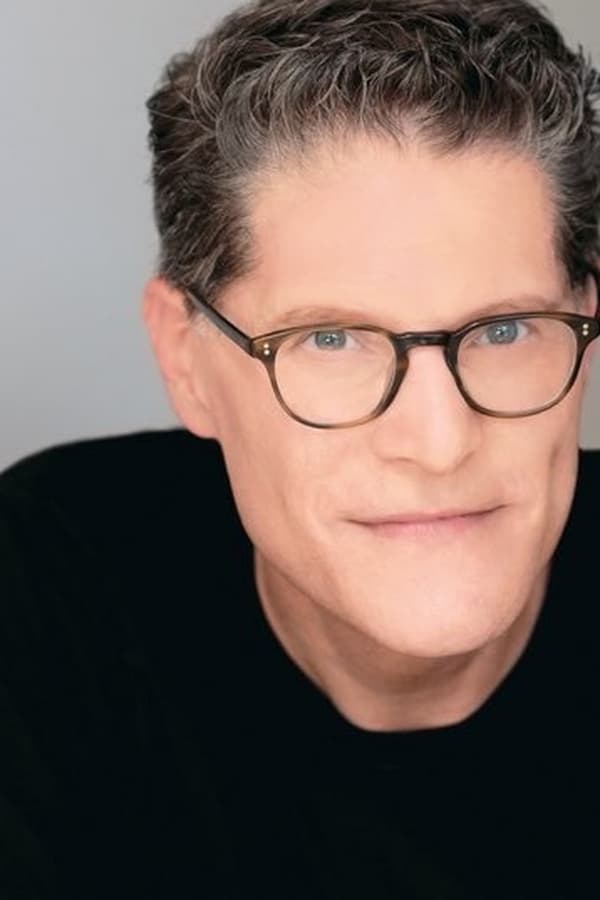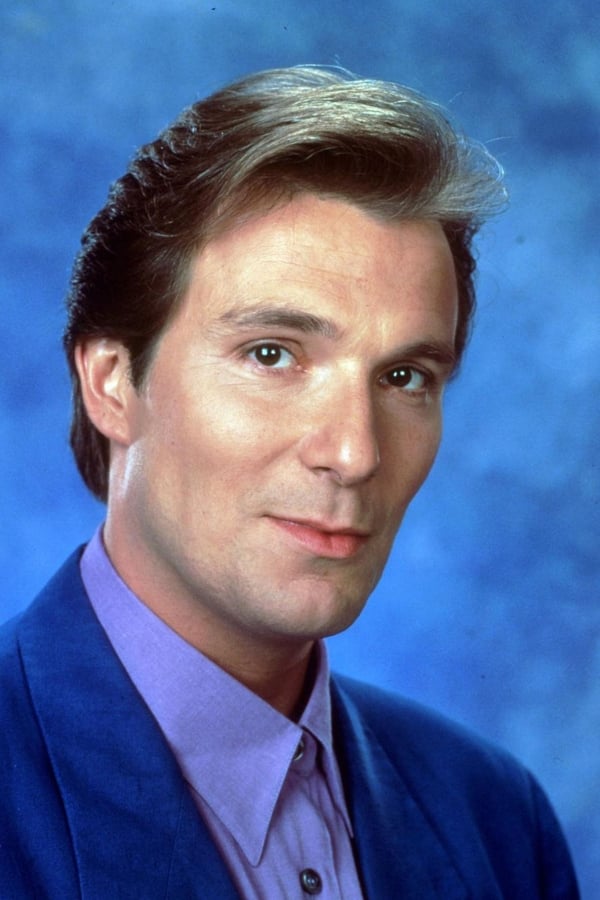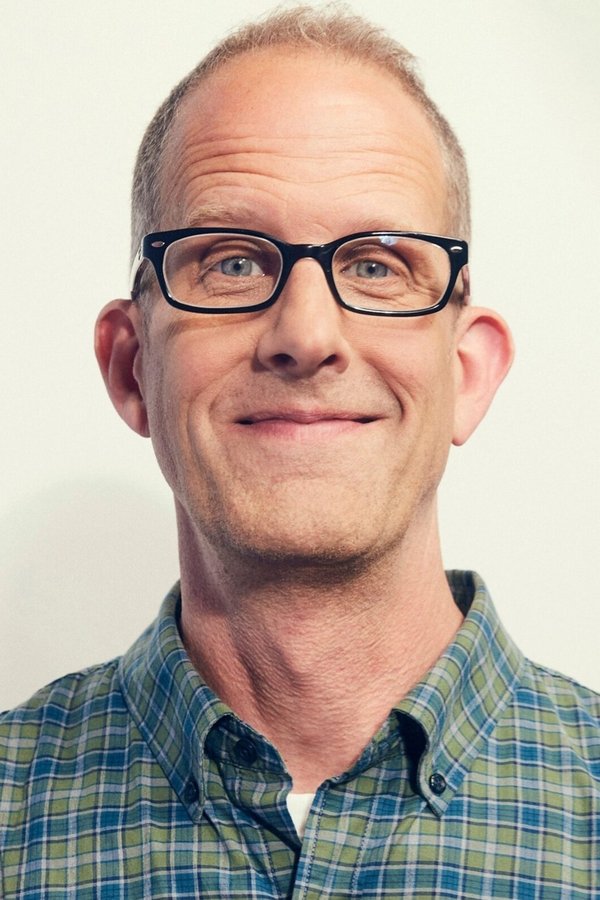Disney can and has to do better in supporting the LGBTQIA+ community. The sense of support and representation for the aroace community I discuss in this article are entirely hypothetical. Aroace is shorthand for aromantic and asexual (the spelling is different because ace is based on pronunciation). These readings are meaningful for fans on the asexual spectrum (referred to as A-spec) who notice similarities and feel seen by the presence of these characters. Maybe they are intentionally coded to represent the aroace community, but there’s no official canon presence of any character on the A-spec in Disney films. In fact, Disney's first canonically queer character in an animated feature film only came last year with Strange World.
Broadly speaking, aromantic individuals are people who either do not feel romantic attraction at all or at least not in the traditional sense. Shift the context from romantic to sexual attraction and you have asexual people. The A-spec is a spectrum on which individuals experience different degrees of romantic and sexual attraction. Like any label, it can be individually defined by those who identify as aromantic, asexual, or as being on the aroace spectrum. It is also important to mention that while Disney as an organization hasn’t always been the best ally of the LGBTQIA+ community (think of the “don’t say gay” bill controversy), its content has resonated with queer people for a long time because many famous and iconic characters are queer-coded since directors, songwriters, and other creatives were often queer individuals themselves and intentionally coded some of the characters they created.


